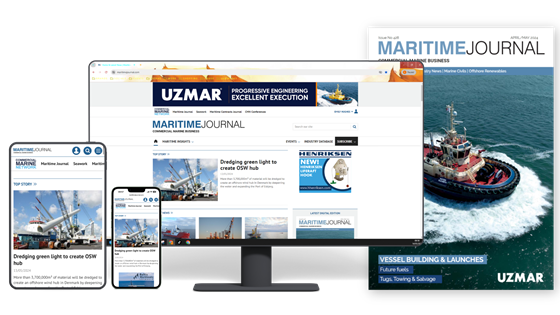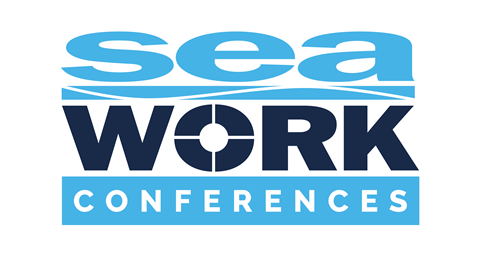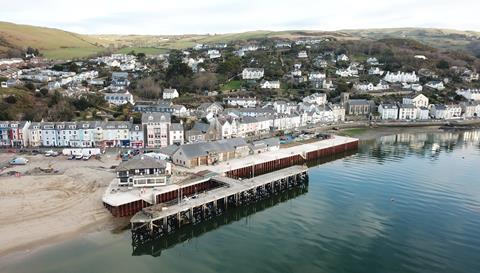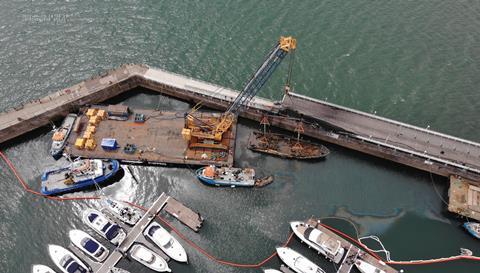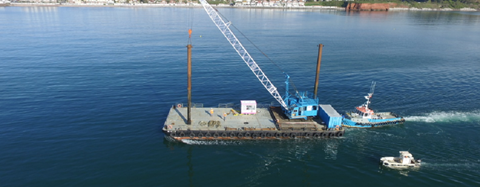TMS has been providing professional marine and land based civil engineering services since 1991.
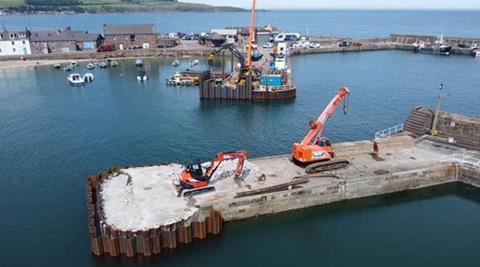
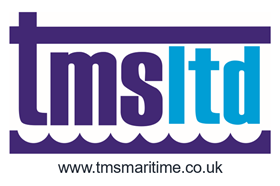
We take the time to learn what is important to our customers and then gear our work so that our customers’ expectations are fully met. We are greatly experienced in working as the principal marine contractor, where we are able to provide a full, one-stop-shop construction service.
We can also provide design services as well using our design partners for a full turn-key project. TMS are also fully able to work as a sub-contractor for large civil engineering and building companies, who approach TMS for marine expertise and the use of our specialist marine and land-based plant.
|
|
|
TMS has enjoyed significant growth over the last decade, which has been achieved in a managed, sustainable manner. This growth has enabled us to comfortably complete multi-million pound schemes to the satisfaction of our clients.
“Our mission is to provide customers with comprehensive, value engineered services, which match their needs and expectations.”
With 31 years experience working as a leading marine contracting business, TMS have the expertise to work in all areas of this specialist marine sector.
Maritime Civils Best Project Award, sponsored by Maritime Contracts Journal, was awarded to TMS two years running with our projects BAE Deep Water Berth Glasgow and Nuneham Viaduct Emergency Works.
PROJECT PROFILE: Nuneham Viaduct Emergency Works

|
Client: Balfour Beatty |
Duration: 4 Months |
Value: £2,250,000 |
Requirement:
TMS were called by Balfour Beatty on bank holiday Good Friday 2023 following the emergency closure of a critical railway link between Oxford and Didcot at the Nuneham Viaduct. This historic, two-span bowstring truss bridge carries both passenger and freight over the River Thames and is a vital freight link for the UK. The bridge had been under constant monitoring since suffering progressive settlement of the southern span and after a sudden increase in the deterioration of the abutment, the line was forced to close.
Solution:
Working on behalf of Balfour Beatty, TMS were appointed as the onsite marine contractor to install temporary works from the river to support the viaduct while reconstruction took place. Following a rapid mobilisation, TMS were on site within days, fully equipped with pontoons, tugs and piling equipment to install two significant pile-supported bridge trusses. These were designed to allow the whole bridge deck to be jacked to facilitate the repairs.
Working in the River Thames using our specialist fleet of modular pontoons allowed easy movement between the river locks and access to the remote site using our shallow draft and high-power tugboats.
The project included:
• Working 7 days a week, 24 hours a day, to ensure the emergency works were not only completed but reopened within 65 days.
Mobilisation of TMS Sinbad Barge and pontoons from Abingdon lock to Nuneham Viaduct.
• Procurement of piling equipment, including 33T & 38T Movax with DH-25 & DH-35 piling hammers.
• Installation of four clusters of six driven tubular piles either side of the viaduct for the temporary works.
• Mobilisation of a 150T crawler crane to act as a service crane for the site.
• Mobilisation of 750T crane to lift the temporary works structure into position under the soffit of the bridge.
• Jacking up of the south side of the bridge by 0.7m.
• Removal of bridge structure using 750t crane under a Network Rail possession.
• Cutting and removal of all temporary riverbed piles.
 |
 |
PROJECT PROFILE: BAE Deep Water Berth, Glasgow
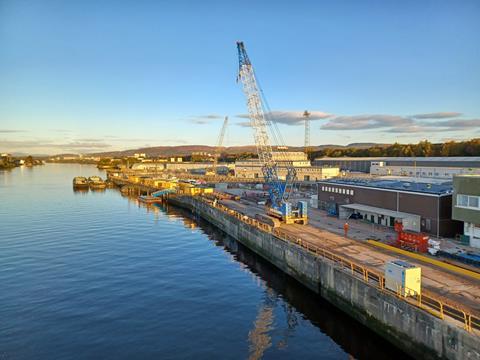
|
Client: Farrans Construction |
Duration: 1 4 Months |
Value: £5,270,000 |
Requirement:
TMS were appointed by Farrans Construction to undertake the Deep Water Berth Deepening Works for BAE Systems in Glasgow, which took a total of 14 months to complete.
The scope of the project included
• Initial Backhoe Dredge of 27,000m3
• Precast concrete breakout and removal
• Rock breakout to revised berthing pit depths to accommodate precast concrete to -11m CD
• Bed levelling
• Precast concrete placement
• Underwater In-situ Concrete
• Re-siltation Completion Dredge
This incredibly technical project had many factors that required innovative engineering, not only to enable the dive team to place precast concrete blocks to tight tolerances but also to do this in the challenging conditions of zero visibility and continuous re-siltation in up to 17m water depth during the winter. Virtual reality technology was used to prepare divers beforehand and extensive planning of temporary works systems was required to accurately place bed levelling frames. A diving barge was used to allow the divers to position themselves just above the river surface in the required locations. Divers were involved with the frame set up to familiarise themselves with the frame levelling devices as well as the interlock systems to facilitate working in conditions of zero visibility.
Solution:
Overall, 120 precast units weighing a total of 750 tons, were accurately placed within tolerance and then stitched together with in-situ rebar and circa 150m3 of specialised high specification underwater concrete whilst constantly battling against continuous re-siltation. Due to the professionalism of our team, in excess of 2,200 hours’ diving time was accrued over a 6 month period (equivalent to 12 hours/day 7 days per week) without any safety incidents being incurred. Inspections were carried out in the form of physical measurements and 3D Bathymetric surveys to demonstrate the accuracy of the placement of units. Finally, on completion, a re-siltation dredge was undertaken.
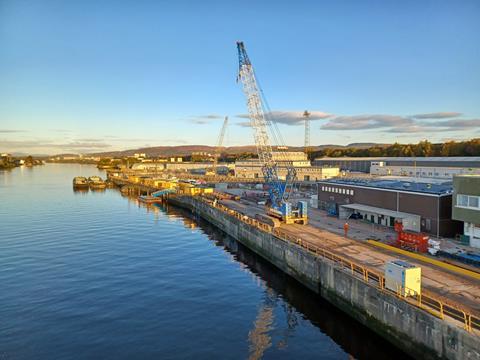 |
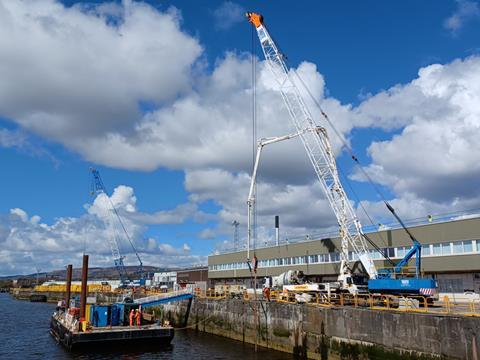 |


